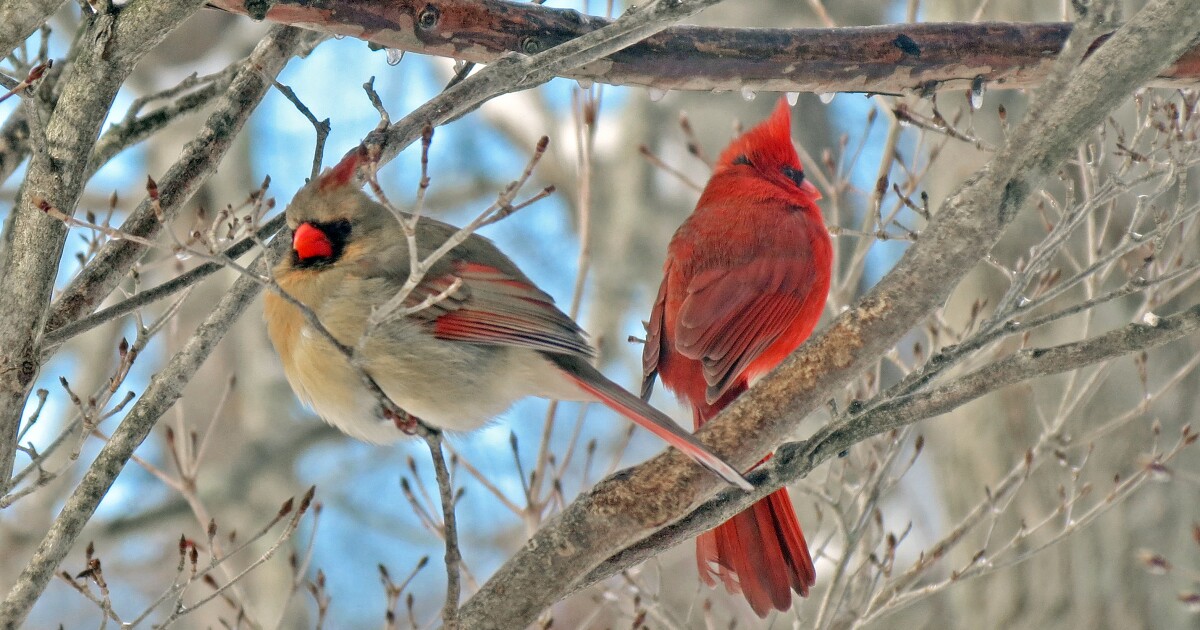Vibrant hues in the animal kingdom, ranging from intense reds to eye-catching yellows, trace back about 150 million years, as suggested by recent findings from researchers at the University of Arizona.
While flowers and fruits had already evolved to use colors to attract pollinators, animals first adopted bright colors as a method of caution, particularly in species like snakes and amphibians. For instance, the venomous coral snake in Arizona showcases a red-yellow-black pattern, which the non-venomous mountain kingsnake mimics to ward off potential predators.
Interestingly, some creatures that display such warning colors lack color vision or even eyesight altogether. For them, the ability to see their own warning colors is unnecessary to deter predators.
Contrastingly, the use of colors for attracting mates emerged around 100 million years ago among birds, lizards, and marine life like ray-finned fish. These animals, active during daylight, utilize vibrant colors to spot and court potential partners.
Consider a day in the life of a female cardinal: she might identify a fruit by its rich red hue, be startled by the vivid red of a snake hidden in foliage, and then be drawn to a potential mate displaying an impressive red plumage. Such interactions illustrate the multifaceted messages conveyed through color.
This vibrant signaling saturates the natural world, offering a wealth of information wrapped in visual beauty.
This Earth Note was written by Melissa Sevigny and produced by KNAU and the Sustainable Communities Program at Northern Arizona University.
—
Read More Arizona News










